A Taste of Honey
Did you know honey is the only natural food created from an insect? Have you heard that honey has an eternal shelf life due to its antimicrobial properties? Or did you know there are over 300 floral varieties of honey?!
I was invited to a luncheon sponsored by the National Honey Board and had the opportunity to learn so many fascinating facts about this liquid gold. Led by cookbook author Marie Simmons and bee keeper/honey packer Brent Barkman, myself and fellow food bloggers devoured all of the knowledge Marie and Brent had to offer on honey, as we enjoyed the foods prepared by local Nashville food stylist and writer, Mary Carter.
Everything on the menu featured a different honey varietal and all of the delicious recipes are in Marie Simmons’ latest cookbook, “Taste of Honey”. I highly recommend picking up a copy; there are so many buzz-worthy recipes and the photos are bee-autiful (I couldn’t resist)!
We also did a tasting of six honey varietals that you can easily do at a party! It’s amazing how the flavor profiles differ based on the environmental conditions, or the terroir, where the bees find the nectar. Honey is just as complex as wine and coffee, with notes of tannins, wood, and various fruit. My favorite pairing was the Tupelo honey with the buttered cracker. The Avocado honey has a molasses-like taste and is perfect for baked goods.
Alfalfa + Apple Slices
Tupelo + Buttered Cracker
Blackberry + Plain Yogurt
Eucalyptus + Brie
Avocado + Dark Chocolate
Buckwheat + Pecans
More fun honey facts:
- Honey literally is gold! Egyptians used honey as money and Romans paid taxes in honey
- A colony of bees consists of one queen, hundreds of male drones, and 30,000 to 80,000 female workers
- The floral source of the nectar influences the color, thickness, fragrance, and flavor of honey
- Some bee keepers migrate their hives thousands of miles so the bees can pollinate particular types of blossoms
- Bees flap their wings to allow evaporation of water from the nectar, which prevents honey from fermenting
- Honey was used as a wound dressing during both World Wars, before antibiotics were introduced
- Be careful to not overheat honey–this can destroy some of the antimicrobial compounds
What are your favorite ways to cook/bake/enjoy honey? Do you have a favorite honey varietal or pairing to share? I’d love to hear your comments!
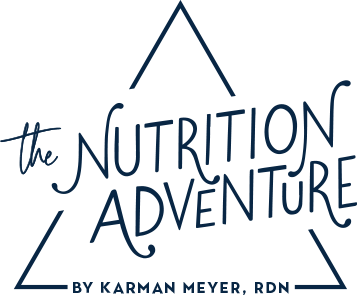

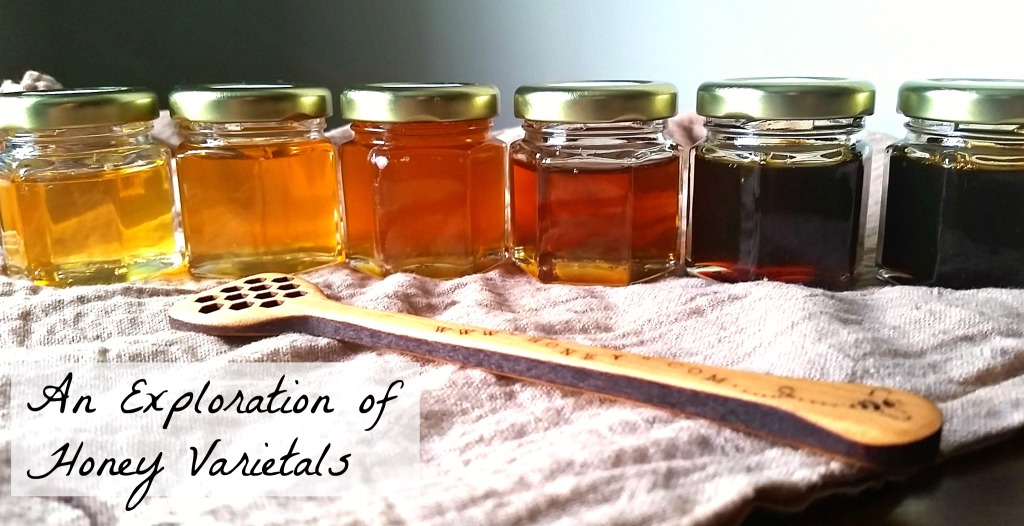
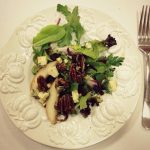
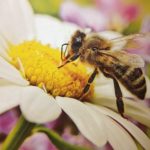
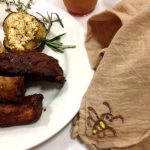
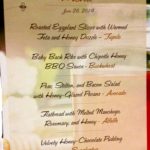
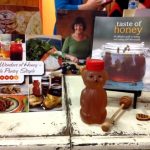


Great post and what a fun event! I am about to do some food labeling for a woman who is a bee keeper-she is SO bubbly and vivacious when she talks about her bees and honey it’s almost infectious 🙂 My mom had to have surgery recently and the wound wasn’t healing well, so her surgeon recommended daily honey dressings. Worked like magic!
That sounds like fun! Yes they are very passionate about what they do. I want to visit an apiary soon. That’s amazing to hear how effective honey was for your Mom!